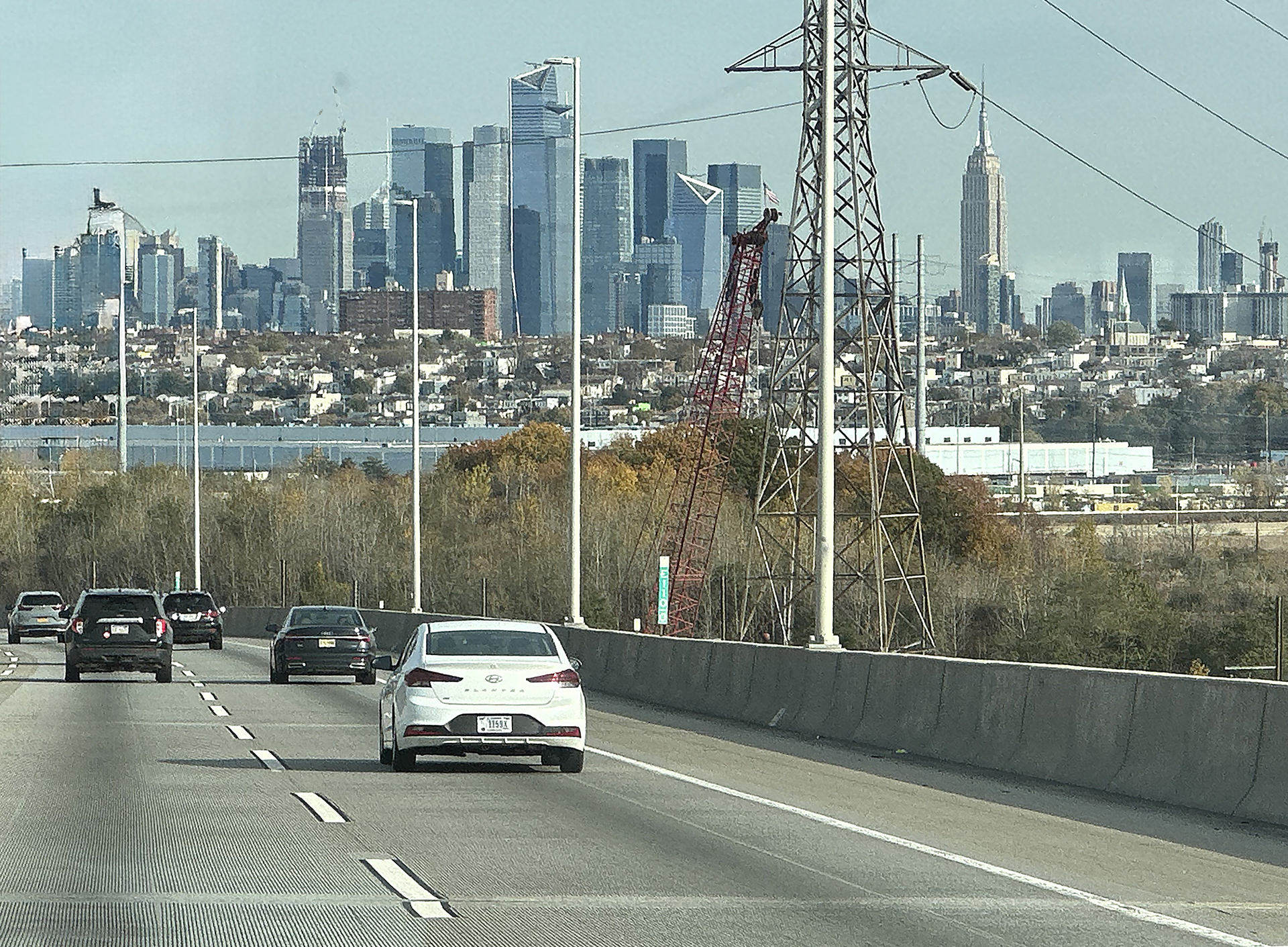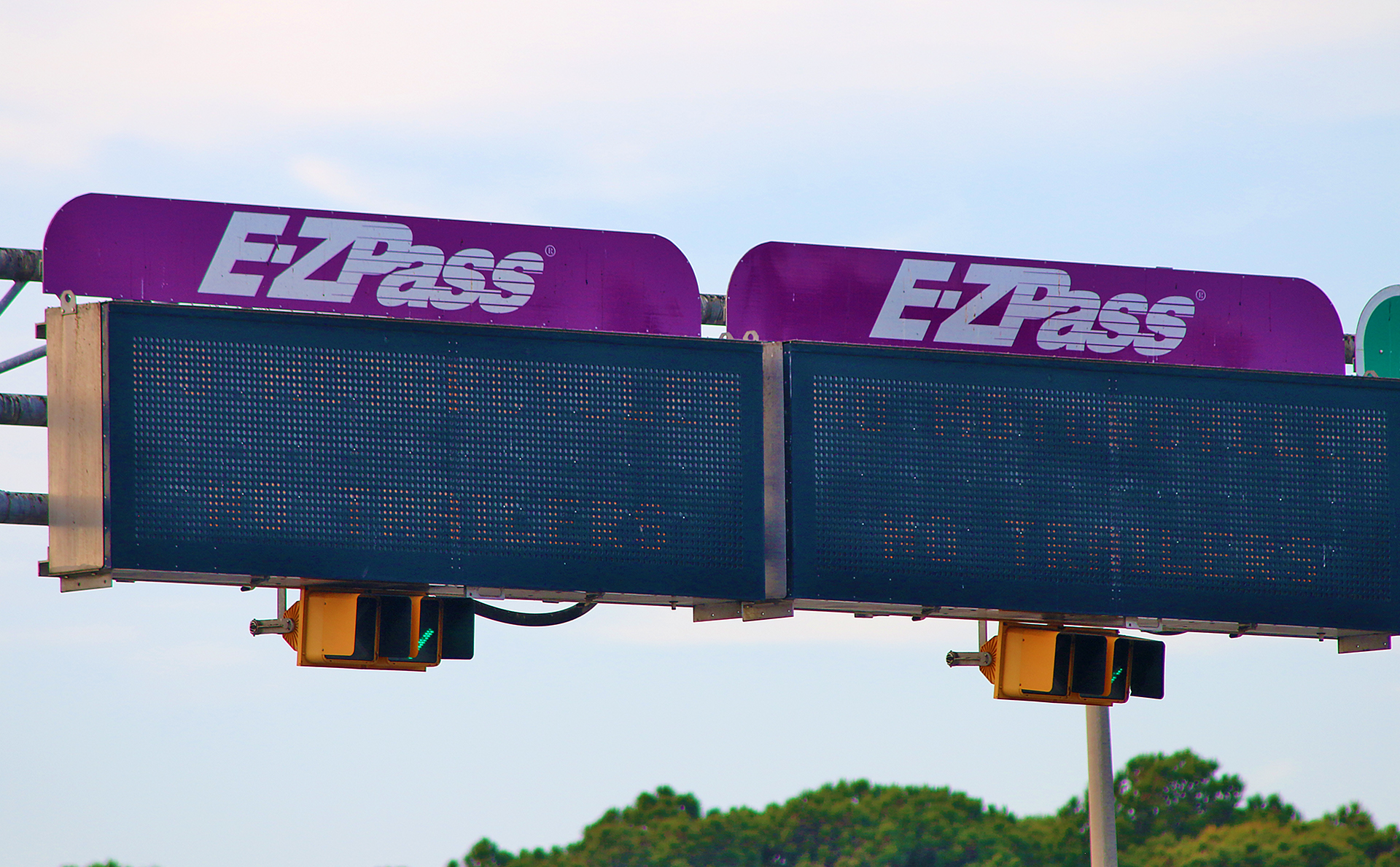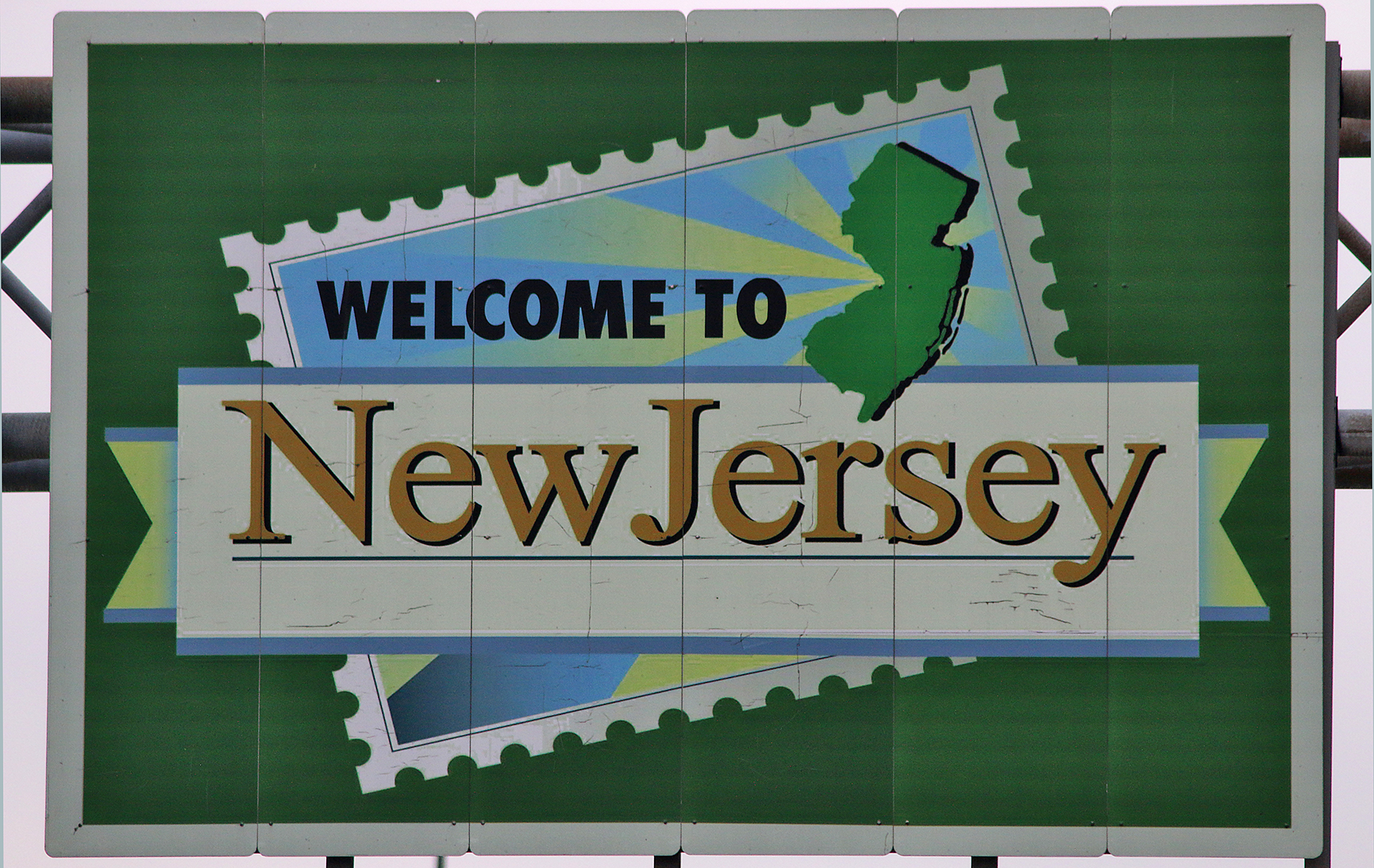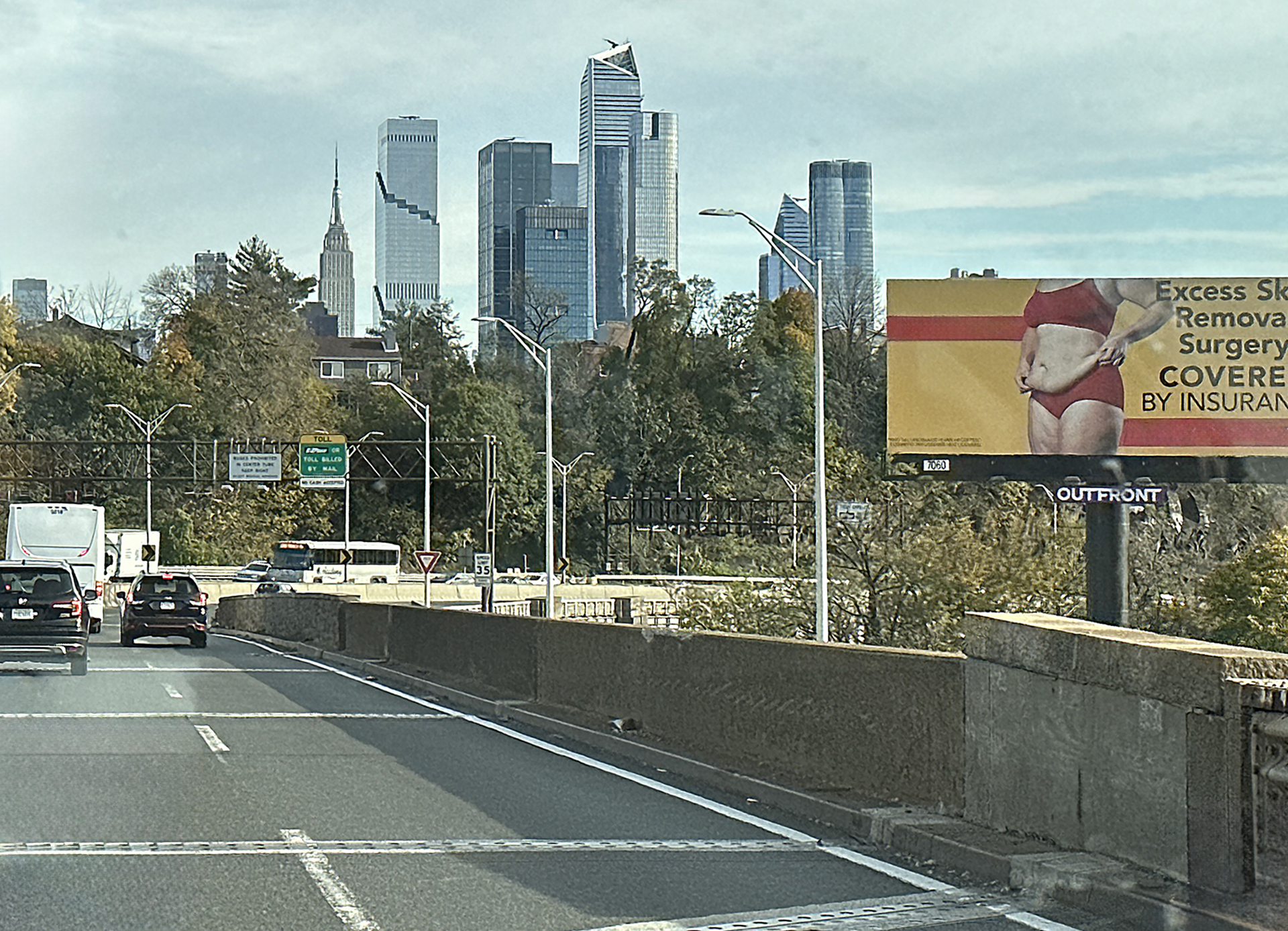Members of the board of the Metropolitan Transportation Authority overwhelmingly voted to approve congestion pricing in the city of New York yesterday morning, Wednesday, December 6, 2023. New York congestion pricing rates were revealed as well, pertaining to what entering Manhattan south of East 60 Street and West 60 Street will cost motorists.
New York Congestion Pricing Rates Revealed — Plus Other Details

Congestion pricing in the city of New York is not yet definitely becoming a reality. If approved by the Federal Highway Administration of the Department of Transportation of the United States, the proposed Central Business District Tolling Program would be the first congestion pricing program in the United States — meaning that vehicles that enter the Central Business District would be tolled.
The Central Business District is defined as the entire portion of the borough of Manhattan south of East 60 Street, Central Park, and West 60 Street, with the exceptions of the entire length of the West Side Highway, the entire length of the East River Drive, and the entrance and exit of the Brooklyn Battery Tunnel — which is generally the lower half of Manhattan.
The idea of bringing congestion pricing has been in the process for almost five years, as the state of New York enacted the Reform and Traffic Mobility Act of the Metropolitan Transportation Authority back in April of 2019, which states that the Triborough Bridge and Tunnel Authority of the Metropolitan Transportation Authority needs to design, develop, build, and run the Central Business District Tolling Program.
Once implemented, revenue from the congestion pricing plan is estimated to be approximately $15 million, which would be used for the modernization of aging subways and buses — while it is expected to simultaneously reduce the number of motor vehicles entering the Central Business District by 17 percent or 153,000 fewer motor vehicles. Excess traffic reportedly currently costs the metropolitan area of New York approximately $20 billion per year.
Toll Rates Have Been Revealed and Are Now Known

All drivers of cars, trucks, motorcycles, and other motor vehicles would be charged the toll to enter the Central Business District of Manhattan. Different vehicles will be charged different amounts as follows:
- Passenger vehicles: $15.00 per day
- Small trucks: $24.00 per day
- Large trucks: $36.00 per day
- Motorcycles: $7.50 per day
- Taxi Cabs: $1.25 per ride
- Rideshare: $2.50 per ride
The term per day means that only one toll will be levied per day. This means that anyone can enter and leave the Central Business District as many times as he or she wants and will still only be charged the toll one time for that day. Moreover, motorists would only be charged to enter the Central Business District — not to leave it or stay in it.
Additionally, the full daytime rates would be in effect from:
- 5:00 in the morning until 9:00 in the evening during weekdays
- 9:00 in the morning until 9:00 in the evening during weekend days
Rates are expected to be discounted by approximately 75 percent during other hours when full daytime rates would not be in effect — meaning that a driver of a passenger vehicle could pay as little as $3.50 instead of $15.00 for the day.
Drivers who use any of the four tunnels to access Manhattan will not be required to pay the full congestion fee because they will already be paying a toll to use those tunnels. They will be eligible for the following “crossing credits”:
- $5.00 per ride for passenger vehicles
- $2.50 for motorcycles
- $12.00 for small trucks
- $20.00 for large trucks
Motorists who earn less than $50,000.00 a year can apply to pay half the price on the full daytime toll — but only after the first ten trips within a month.
Drivers of emergency vehicles, snow plows, and other specialized government vehicles will be exempt from paying the toll of the congestion pricing plan.
Reaction to the Implementation of Congestion Pricing
Kathy Hochul — who is the current governor of the state of New York — released an official statement yesterday, Wednesday, December 6, 2023:
Congestion pricing means cleaner air, better transit and less gridlock on New York City’s streets and today’s vote by the MTA Board is a critical step forward. The proposal approved today heeds my call to lower the toll rate by nearly 35 percent from the maximum rate originally considered. This initiative will make New York City a global leader in transportation policy, and I’m grateful for the work of the Traffic Mobility Review Board to bring us to this milestone.
Hochul also professed her delight and glee at her official Twitter — er…X — account, to the chagrin of the majority of respondents:
New York City is officially becoming the first city in the country to implement congestion pricing!
It will deliver cleaner air, less gridlock, and $15 billion for safer, better transit for New Yorkers, and the @MTA board has heeded my call to lower the maximum toll rate.
— Governor Kathy Hochul (@GovKathyHochul) December 6, 2023
New York City is officially becoming the first city in the country to implement congestion pricing!
It will deliver cleaner air, less gridlock, and $15 billion for safer, better transit for New Yorkers, and the @MTA board has heeded my call to lower the maximum toll rate.
Although Janno Lieber — who is the current chairman of the Metropolitan Transportation Authority — is “very much ready and excited to accommodate the projected movement of a portion of the driving public to” mass transportation, David Mack was the only member of the ten members of the board of the Metropolitan Transportation Authority who voted to opposed the plan.
The approval from the board came after the Traffic Mobility Review Board delivered its report to the Metropolitan Transportation Authority on Thursday, November 30, 2023, which laid out the general guidelines for such aspects of the plan which include but are not limited to:
- The impending tolls
- Costs
- When certain prices will be in effect
- Who gets credits
Local politicians and leaders from all sides of the political spectrum already have been seeking to take legal action to prevent the congestion pricing plan from charging the constituents whom they serve.

Phil Murphy — who is the current governor of the state of New Jersey — officially announced on Friday, July 21, 2023 “the filing of a lawsuit against the U.S. Department of Transportation (USDOT) and the Federal Highway Administration (FHWA) to block the ill-conceived congestion pricing plan put forward by the Metropolitan Transportation Authority (MTA) and New York City and State agencies. In the suit, filed in the U.S. District Court for the District of New Jersey, the State of New Jersey argues that the USDOT and the FHWA violated the National Environmental Protection Act, which requires a full environmental impact review for projects of this projected impact and scope, as well as the Clean Air Act.”
Additionally, elected officials from many levels in Bergen County have also filed a class-action lawsuit in the United States District Court in New Jersey on Wednesday, November 1, 2023. Mark Sokolich — who is the mayor of the borough of Fort Lee, where the western terminus of the George Washington Bridge is located — is one of the plaintiffs in that lawsuit.
The borough of Staten Island is considering suing the Metropolitan Transportation Authority as well because residents of Staten Island are expected to suffer with more air pollution and more traffic — as well as spend additional money simply to travel within their own city with virtually no return on their investment — and they have no say in the matter.
Any one of these lawsuits could delay the implementation of the congestion pricing plan, depending on the judges who preside over these cases. Additional lawsuits are not out of the question.
An act by the House of Representatives or another branch of the federal government could also halt the implementation of the congestion pricing plan — especially if the impact of the plan could potentially be harmful to the environment.
Final Boarding Call

The tolls for congestion pricing are not likely to become effective until at least late June of 2024…
…and even if they do become effective, how is the Metropolitan Transportation Authority going to enforce these tolls? As many as five percent of motorists fail to pay at cashless toll plazas — and the agency has struggled to collect those payments.
I personally do not like the idea of having to pay to enter lower Manhattan when driving. One reason is if I am going from Brooklyn, Queens, or Long Island to points west of the Hudson River and I want to stop at Katz’s Delicatessen to pick up some pastrami sandwiches, I would have to pay $15.00 extra just to do that. Where will motorists park their vehicles to take subways or buses into Manhattan — especially if they are from out of town?
I also would not be at all surprised if traffic on both the West Side Highway and the East River Drive will increase significantly for motorists who want to cut through Manhattan in both directions but cannot use any other streets unless they pay the congestion pricing toll.
However, I believe the idea will indeed work and accomplish the main goal of reducing congestion of motor vehicles in the lower half of Manhattan primarily due to the toll, as virtually nothing in Manhattan is inexpensive…
…and when that happens, expect that toll rate to eventually increase — similar to all of the other tolls in the greater metropolitan area of New York over the years — and the possibility of other cities within the United States adopting and embracing the concept of congestion pricing…
All photographs ©2007, ©2017, ©2021, and ©2023 by Brian Cohen.
